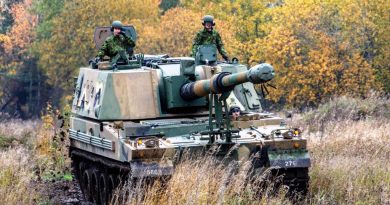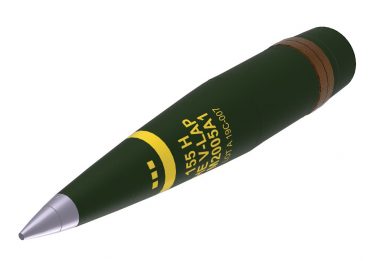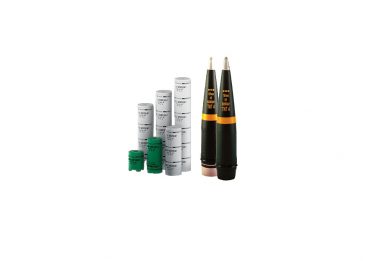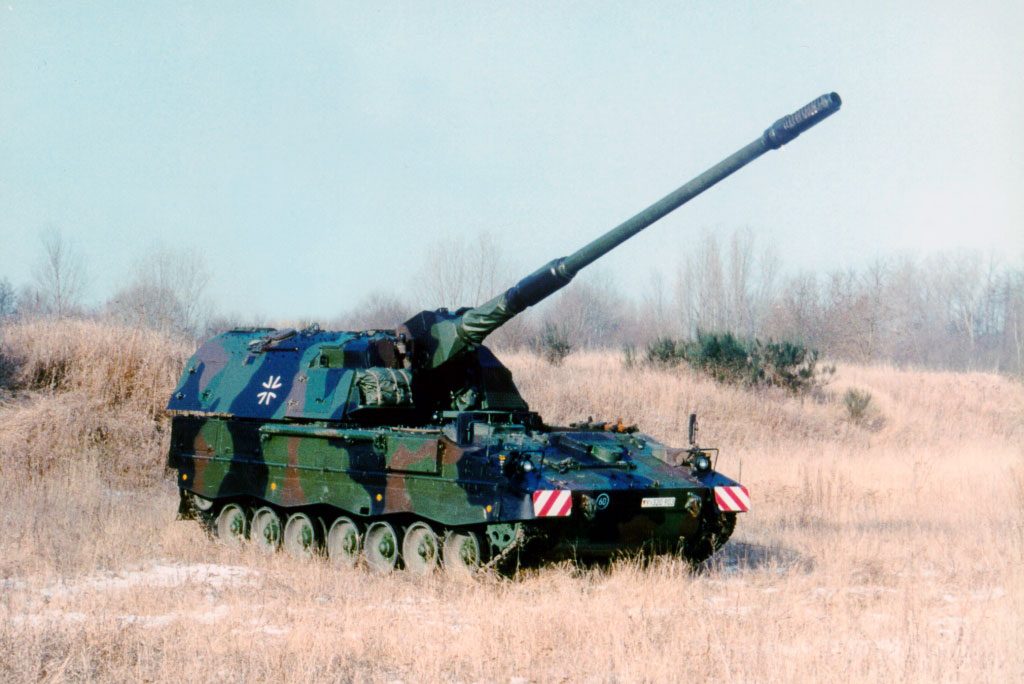
German Army: the Future Fires Concept
One of the more numerous armies in terms of tanks, armoured infantry fighting vehicles and artillery assets in the Cold War era, the German Army was subjected to heavy cuts after the fall of the Berlin Wall, the disbanding of the Warsaw Pact and the German reunification.
“During the Cold War the structures were optimised for National Defence. We had nearly 70 artillery and over 150 combat battalions,” Lieutenant Colonel Konrad Josef Leitner, Team Leader, Indirect Fire Reconnaissance, Concepts and Capabilities Development Group, Bundeswehr, says, beginning his briefing on the future of the German Army artillery at Defence iQ Future Artillery Online.
The feeling of stability and reduced tension in the Old Continent led to massive cuts in the Army structure, in particular in the areas of combat support, combat service support, and communication and information systems. “With regard to artillery, the development led to the current situation with only four artillery battalions left, the ratio to combat elements falling from 1:2 to 1:9 since 1990,” LTC Leitner points out.

The 2011 Force Structure sees one battalion, Artillerielehrbataillon 325, part of the 1st Armoured Division, two units, Artilleriebataillon 131 and Artillerielehrbataillon 345 , supporting the 10th Armoured Division, and finally Artilleriebataillon 295 providing direct fire support to the Franco-German brigade. These battalions field a variable number of PzH 2000 batteries, from 2 to 5, two of them being demonstration units and therefore with a peculiar organisation, one battery of MLRS each, KZO drones and two Cobra counter-battery radars each. In recent times tensions along eastern borders increased consistently, the Russian-Ukrainian war ringing more than one bell. The fact that the Russian T-14 Armata main battle tank is now considered by the German Army the benchmark in terms of potential opponent in the armoured warfare shows well the new situation.

“Since the beginning of the crisis in eastern Ukraine the foundations of foreign and security policy changed, and the Army Development Centre for Concepts and Capabilities was tasked to develop the new German Army organisation,” he explains. Based on the new MoD specifications a new structure was developed which end-state will see three divisions, two with three brigades each and one with only two of them, but with the capacity to take under command two extra brigades in Coalition operations.
Within this new organisation, which should be in place by late 2031, artillery assets will be considerably increased. “In the future there will be a total of three artillery regiments, one for each division, and one MLRS battalion. In case of National or Alliance Defence the assets of each artillery regiment will be split to form three Artillery Task Forces at Brigade level and one at Division level”,” LTC Leitner explains. The latter will be made of two howitzer batteries, one rocket launcher battery and target acquisition assets, therefore not much different from nowadays battalions, while Brigade artillery TFs will field only howitzers, and will also feature Joint Fire Support coordination elements. The German Army transformation will take place with a phased approach. Milestone 1 aims at having a Brigade fully operational for National and Alliance Defence by 2023; this date coincides with Germany taking the leadership of the NATO VJTF (Very High Readiness Joint Task Force). Milestone 2 will bring one Division at full level, with its three manoeuvre Brigades and divisional support troops; this is planned for 2027, hence the name “Division 2027” to the structure. “The new Division will be better able to perform robust and agile operations in high intensity combat, and to do so it will be readily available, capable of fighting, interoperable and sustainable. The final structure will be reached by late 2031, and at that date we want to have the three operational Divisions with a total of eight Brigades, with all necessary additional support units also at Corps level,” LTC Leitner says.
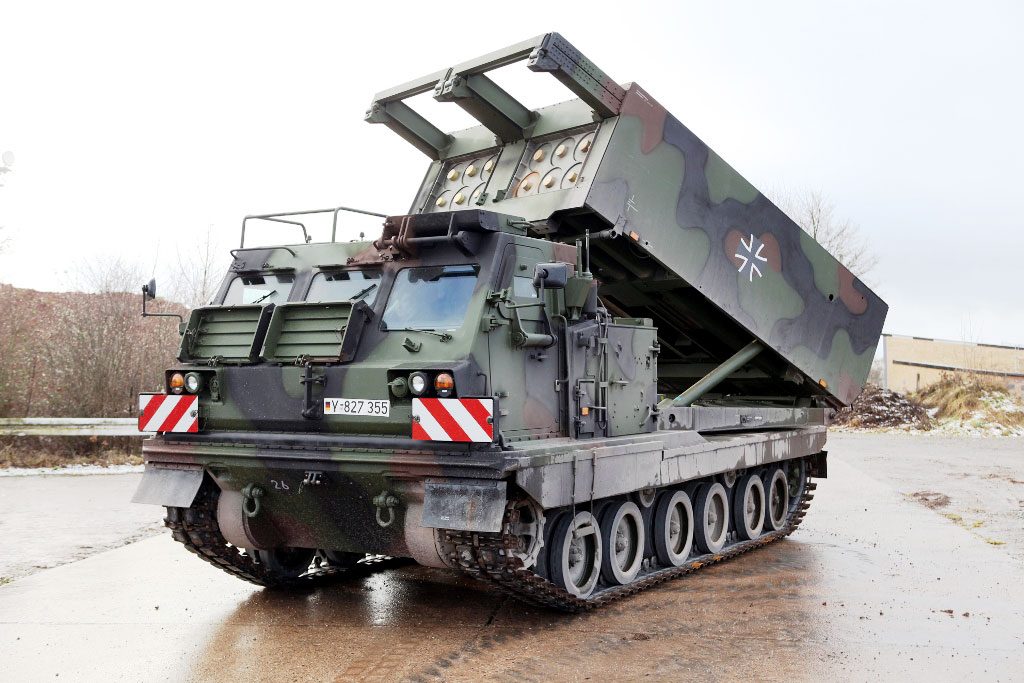
He also underlines that, “With the new Army task organisation we will not fully achieve the ratio of artillery versus combat forces we had during the Cold War, however the current roadmap is the right decision to resist, or be successful, against a peer opponent, and we are confident that the increased range and higher fire rate of tube and rocket artillery, as well as improved ammunition, target acquisition and joint fire support command and control systems, will ensure the timely support needed.”
Several improvements are planned, projects being already on their way in the artillery sector. The well known ADLER (Artillerie-, Daten-, Lage- und Einsatz-Rechnerverbund, artillery, data, situation and engagement computer network) system will be updated adding links to services of other joint support elements becoming a Joint Fire Support system. “The COISS STF, the Joint Fires Support Systems Network, will also provide tools that will support the decision-making process,” Leitner says, before switching to effectors which upgrades, beside increasing performances, also aim at reducing personnel.
New standard and precision ammunition will be acquired, and also the target acquisition system will be further developed; reconnaissance depth, endurance and accuracy, as well as number of available target acquisition systems will be increased. “Digitalisation, higher combat strength, greater ranges, and improved dual capabilities, will all feature in Division 2027, development being however a permanent process. The project for the antitank mine missile with a range in excess of 80 km and that of the Intruder UAS, which will operate at more than 300 km, are underway albeit in the very early stage. Another future project will be a loitering ammunition for precise target engagements in deep enemy-controlled areas. We also need more fire support for the Brigade. This is the reason why we require a considerable number of other guns in addition to the PzH 2000,” LTC Leitner illustrates. The main requirements for this new gun are high rate of fire, high mobility, even over hundreds of kilometres, and protection, a range up to 75 km with HE projectiles or 100 km with precision ammunition, and a high degree of automation, a wheeled solution being envisaged.
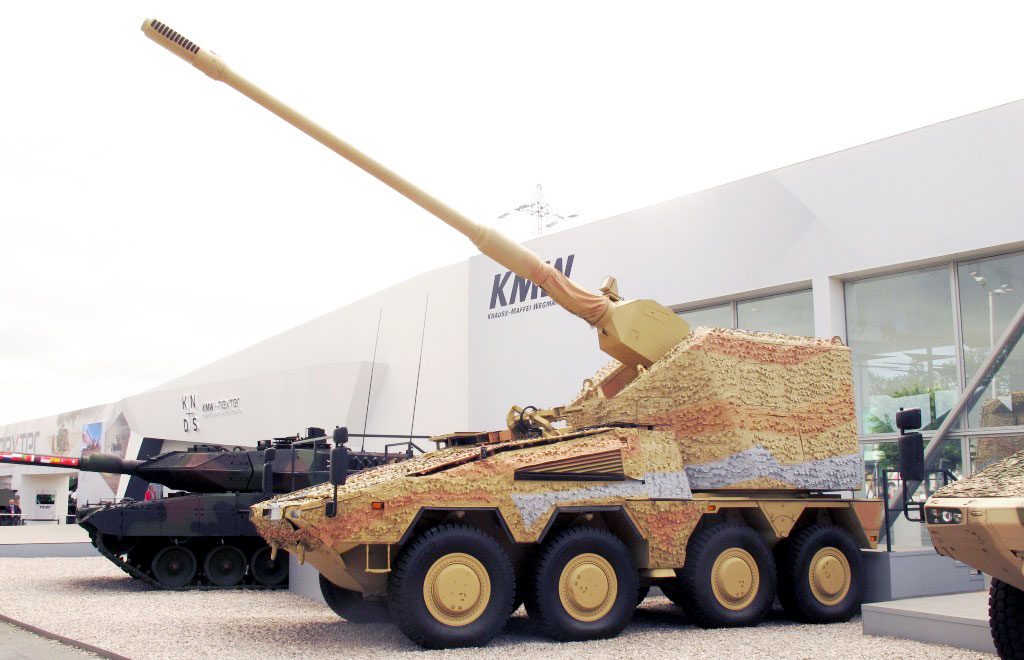
Numerous proposals mostly based on the Boxer chassis were made by the German industry in the past years. That said, LTC Leitner underlines that the backbone of the German tube artillery will remain the PzH 2000; “It was purposely developed for Cold War scenarios, to strike masses of mechanised troops, and still bears comparison with most modern self-propelled howitzers. However, after years of service, there are aspects that have to be modernised,” LTC Leitner says without revealing more details, although automation might well be part of the upgrade package, based on the technology insertion that is part of the increase of the German artillery effectiveness, which will also bring with it an increase in servicemen.
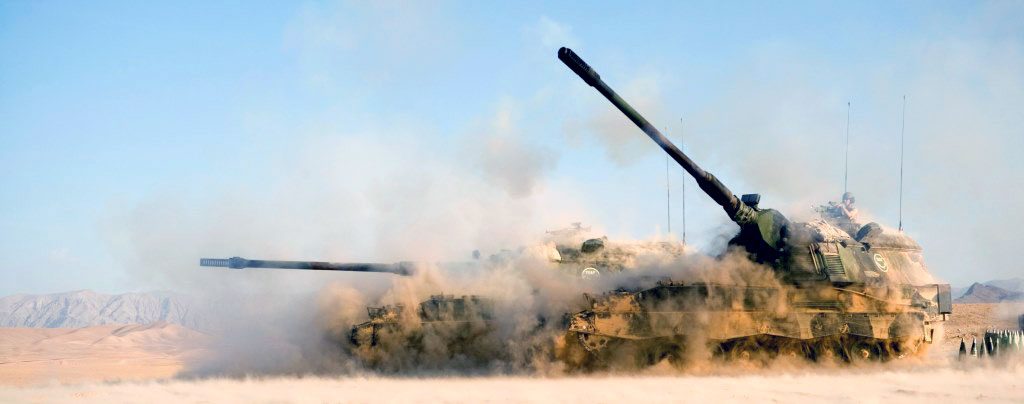
In conclusion, LTC Konrad Josef Leitner recalls the reasons for all this. “We all know that in the event of a conflict, NATO air dominance or air superiority in Eastern Europe will not exist anymore because of the spread of A2/AD assets. We must therefore be prepared to fight enemy artillery with Army resources, even at long ranges. No one else will do it for us,” and concerning the indirect fire effectiveness he underlines that, “In Ukraine 80% of all losses were caused by artillery. This once again underlines the relevance of artillery on the battlefield, and why it is necessary to increase the number of artillery forces.” That said, he promised to provide the audience many more details at the next Defence iQ Future Artillery Conference, tentatively planned for May 2021, COVID permitting.
Photos courtesy German Army, KMW, Rheinmetall and P. Valpolini

